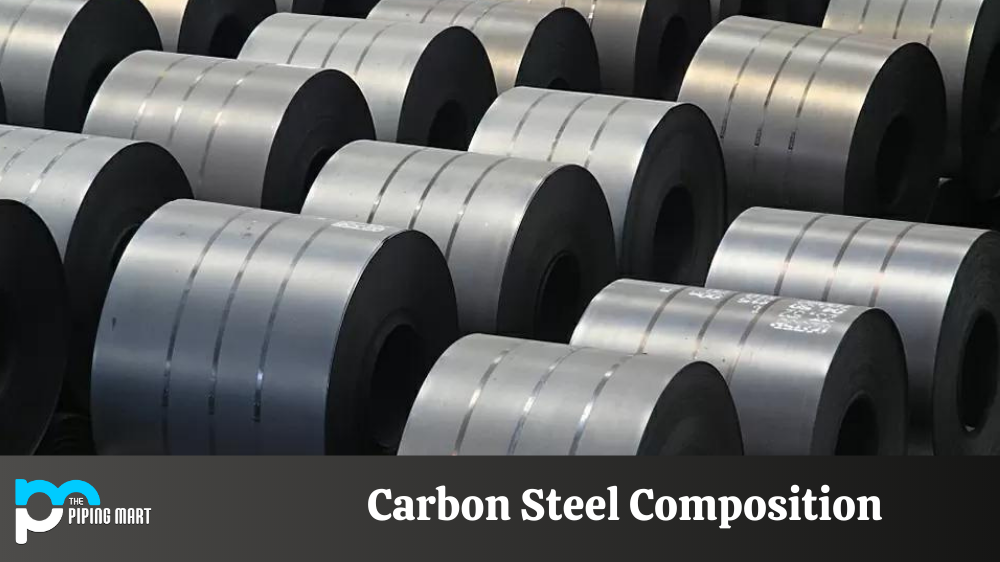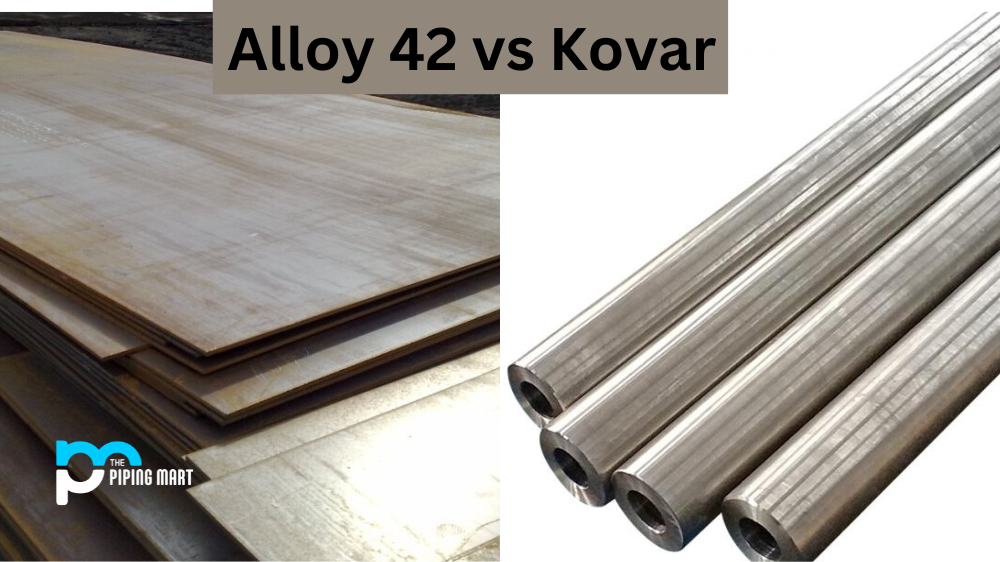When it comes to choosing the right stainless steel, there are a few factors to consider. In particular, you’ll want to decide between 304 and 2205 stainless steel. Each grade has its own unique properties and benefits that make them well-suited for different types of applications. Let’s take a closer look at the differences between 304 and 2205 so you can make an informed decision about which one is right for your project.
304 Stainless Steel
304 stainless steel is the most commonly used grade of stainless steel due to its excellent corrosion resistance and value. It contains between 16% and 24% chromium and up to 35% nickel, as well as small amounts of carbon and manganese. It does not make heat treatable and must be welded with care in order to prevent cracking or warping during cooling. Additionally, it does not have the same resistance to pitting corrosion as other grades of stainless steel, such as 316 or 2205.
2205 Stainless Steel
2205 stainless steel is a duplex grade that combines both austenitic and ferritic properties. This combination makes it much more resistant to pitting corrosion than other grades of stainless steel, including 304. It also has higher tensile strength than 304, making it ideal for applications that require extra durabilities, such as marine environments or extreme chemical exposure. However, this increased strength comes at the cost of some ductility; 2205 can be more difficult to weld than other grades due to its unique properties, so professional welding services are recommended if you are considering using this grade for your project.
Difference Between 304 and 2205 Stainless Steel
- 2205 stainless steel is a duplex stainless steel that contains 22% chromium, 5% nickel, and 3% molybdenum.
- 2205 stainless steel is more corrosion-resistant than 304 stainless steel, but it is also more expensive.
- 2205 stainless steel is not as strong as 304 stainless steel, but it is still suitable for many applications.
- 2205 stainless steel can be used in environments that are exposed to salt water or other corrosive materials.
- 2205 stainless steel is often used in the food and beverage industry, as well as in the chemical industry.
- 304 stainless steel is a type of austenitic stainless steel that contains 18% chromium and 8% nickel.
- 304 stainless steel is more corrosion-resistant than carbon steel, but it is also more expensive.
- 304 stainless steel can be used in environments that are exposed to salt water or other corrosive materials
Conclusion:
Both 304 and 2205 stainless steels have their own advantages depending on the application they will be used in. If you need something strong, but with good ductility, then 304 may be the better choice for you, whereas if you need something highly resistant to pitting corrosion, then 2205 should be your go-to material. Ultimately, it all depends on what you need from your material, so make sure to do extensive research before committing to either option!

Meet Bhavesh, a seasoned blogger with a wealth of knowledge and experience. From metal products manufacturing to retail, Bhavesh has a diverse background in various industries and is dedicated to sharing his insights and expertise with readers.




